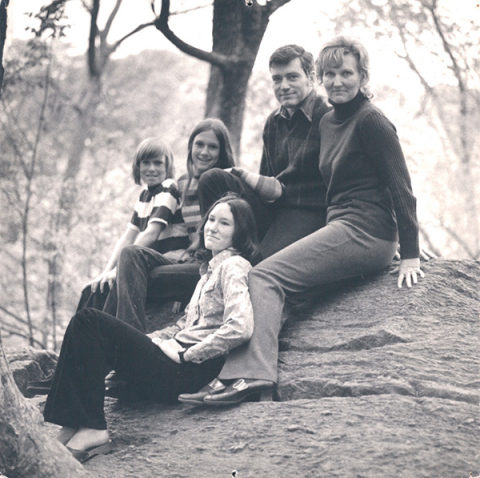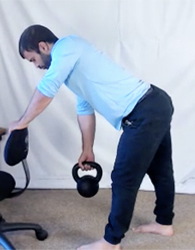
Here I am in September 2017 when I began the Gokhale Method—sitting and bending over:
I have kyphosis. My upper back is curved from the shoulders to the bottom of my ribcage. The exact cause of my kyphosis is not known. There are two types of kyphosis: Scheuermann’s and postural. In Scheuermann’s disease, the normal bone growth in the vertebrae is interrupted during adolescence leading the spine to develop wedge-shaped vertebrae which result in a rounded curve in the thoracic spine. I believe I may have been diagnosed with Scheuermann’s Kyphosis at some point, but I don’t know for sure. I would like to think of it as postural because that word opens up more room for change.
I was born with my left leg and foot turned inward. I wore several different braces on my leg and my foot until the age of five. I became a shy and inhibited child, and I remember not wanting to be seen. Read more


